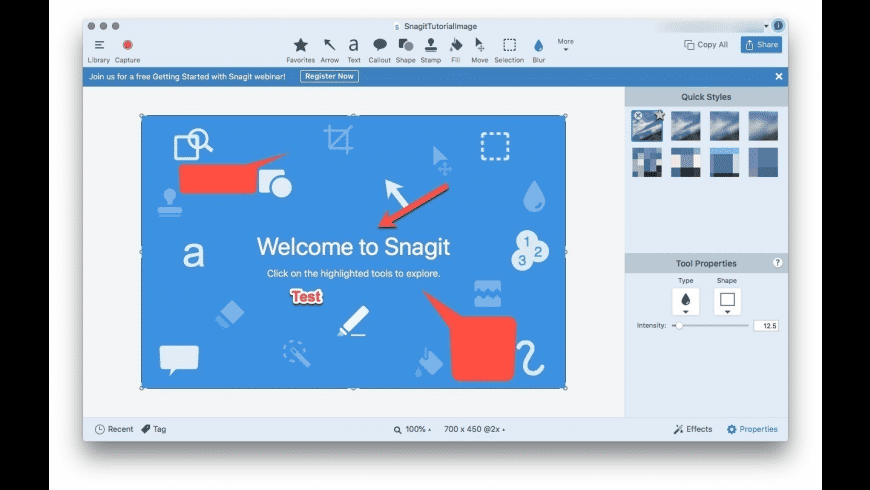
It will eliminate the extra image data that is consuming your RAM. Use Purge command when necessary: Edit > Purge > ( option ).

Read more about Caches: History, Caches & Performance-Friendly Work Habits. Try working at the default state and increase the number when necessary only. Increasing Cache Levels will increase the rendering speed, which is particularly effective with working with “heavy” high-resolution images. Keep Cache Levels at their default number 6.Read more about History Panel settings: Photoshop Basics: Getting To Know The History Panel. Learn to use non-destructive and reversible methods, so you don’t have to rely on History States. Keep the number of History States as low as possible (20 is the default number of steps).Mac – 70-75% of the total available RAM.The best way to keep it under control is to optimize the Memory Usage settings via Edit > Preferences > Performance on Windows and Photoshop > Preferences > Performance on Apple computers. Conversely, the 64-bit versions will take as much RAM as you can give. The 32-bit Photoshop version on both Windows and Mac are subject to certain limitations in the amount of RAM that the system will allow the program to utilize (roughly 1.7-3.2GB depending on the OS and PS version). Photoshop really likes RAM and will use as much spare memory as the settings will allow. Here are two important settings you should consider adjusting: Efficient Use of Memory When updating your Photoshop or computer, adjusting your Photoshop Performance Preferences should be your first priority. If upgrading your computer is not an option, read on to find out how you can help Photoshop run more efficiently.

The faster the processor you’re using and the more random access memory (RAM) you have installed on your computer, the faster and smoother Photoshop will run.


 0 kommentar(er)
0 kommentar(er)
